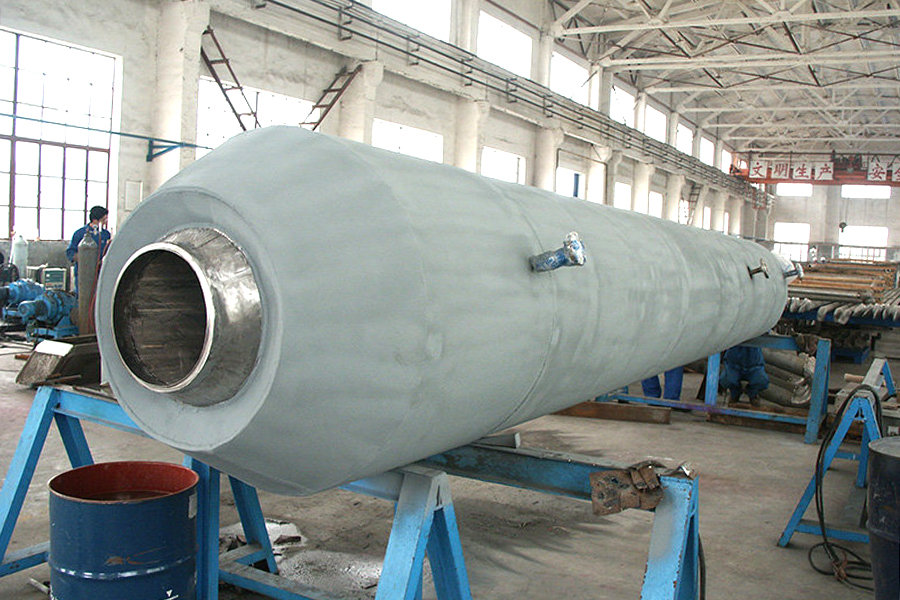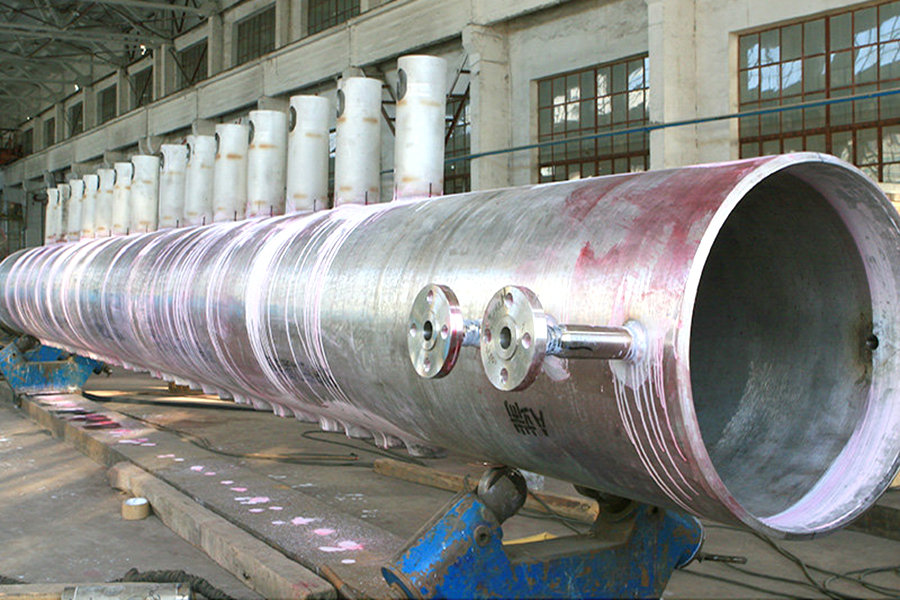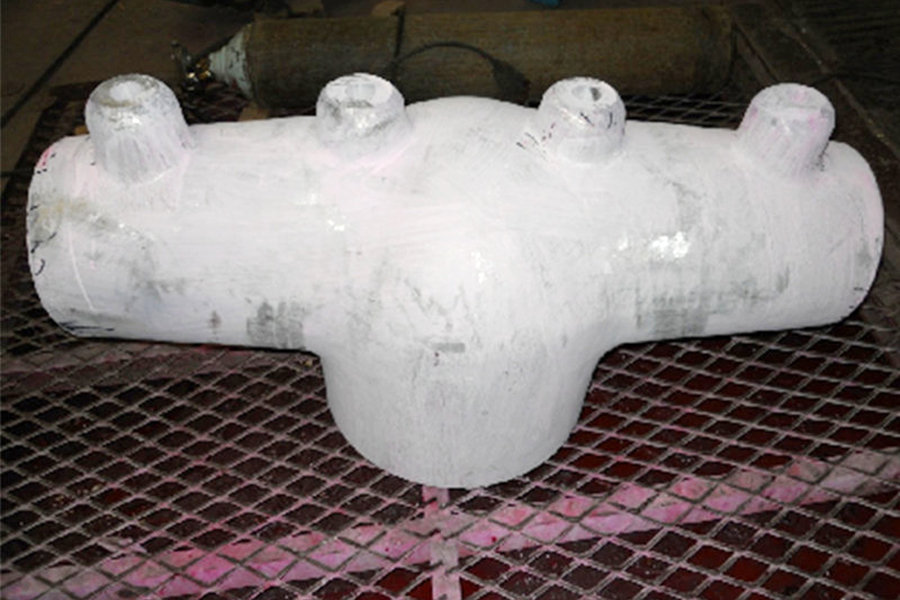Jiakaicheng Wealth Center, Financial Third Street, Jiangsu Province, China
Home > Products >
Header
Headers are essential components in heat exchangers, particularly shell and tube heat exchangers, where they facilitate the distribution and collection of fluids.
- Order phone:+86-13814203326
- E-mail:chao@ytbst.com
Detail
Below is a detailed overview of their materials, production methods, applicable standards, and performance features:
Materials
Headers are typically made from high-quality materials to meet the demands of different applications and operating conditions. Common materials include:
- Stainless Steel: Such as 316 stainless steel, known for its corrosion resistance and durability.
- Carbon Steel: Used for its strength and suitability in high-pressure applications.
- Copper: Offers excellent thermal conductivity and is commonly used in applications requiring efficient heat transfer.
- Brass: A type of copper alloy with good corrosion resistance properties.
- Titanium: Used in applications requiring high strength, low weight, and excellent corrosion resistance.
- Aluminum: Lightweight and offers good thermal conductivity.
Production Methods
The production of headers involves several key steps to ensure optimal performance and efficiency:
1. Material Selection: Choosing the appropriate material based on the operating conditions and fluid properties.
2. Machining: Precision machining to achieve required dimensions and surface finish.
3. Welding: Used for joining components and ensuring structural integrity.
4. Hydrostatic Testing: Ensuring the header is free from leaks and can withstand operating pressures.
5. Quality Inspection: Rigorous testing to ensure compliance with specified standards.
Applicable Standards
Headers are manufactured in compliance with various international and national standards to ensure reliability and safety:
- TEMA Standard: Headers are designed in accordance with the TEMA standard to prevent tube damage caused by flow-induced or acoustic vibrations.
- ASME BPVC: The American Society of Mechanical Engineers Boiler and Pressure Vessel Code, which provides guidelines for the design, fabrication, and inspection of headers.
- DIN 2462: German standard for headers in shell and tube heat exchangers.
- ISO 11699-1: Standard for non-destructive testing of headers.
- EN 13480-3: European standard for the design and construction of headers in pressure equipment.
- ASTM A106: Standard specification for seamless carbon steel pipe for high-temperature service.
- ASTM A335: Standard specification for seamless ferritic alloy-steel pipe for high-temperature service
Performance Features
Headers are designed to deliver exceptional performance in various operating conditions. Key performance features include:
1. Efficient Fluid Distribution: Optimized design ensures even distribution of fluids for maximum heat transfer efficiency.
2. Corrosion Resistance: Materials are selected for their ability to withstand corrosive environments, ensuring long-term durability.
3. Mechanical Strength: High tensile strength and ductility ensure durability under extreme pressure conditions.
4. Compact Design: Headers are designed to maximize heat transfer surface area while minimizing the overall size of the heat exchanger.
5. Long Service Life: Designed for extended operational life with minimal maintenance.
6. Reliability: Consistent performance in demanding environments, ensuring safe and efficient operation.
7. Versatility: Headers can be customized to meet specific application requirements, including various configurations and materials.
8. Pressure Integrity: Headers are designed to maintain pressure integrity and prevent fluid leakage.
9. Thermal Expansion Compensation: Headers are designed to accommodate thermal expansion and contraction, minimizing stress on the heat exchanger.
10. Easy Maintenance: Headers are designed for easy inspection and maintenance, reducing downtime and operational costs.
These features make headers essential for efficient heat management in various applications, including oil and gas processing, power generation, HVAC systems, chemical processing, petrochemical industry, marine applications, and the food and beverage industry.



